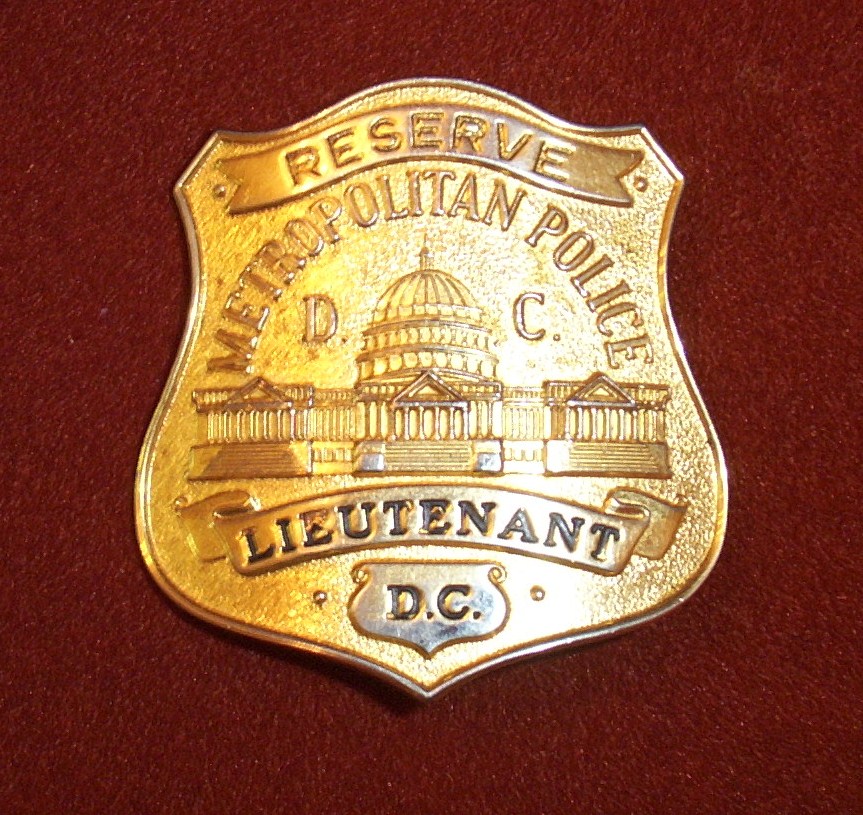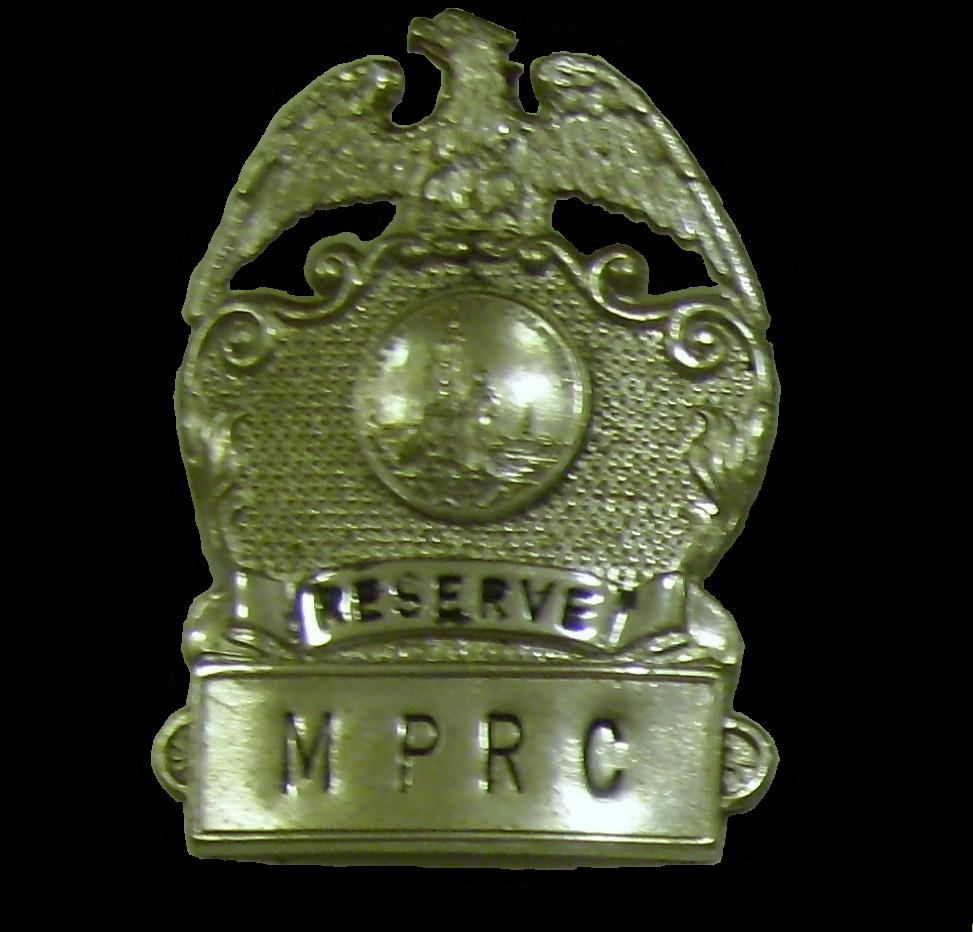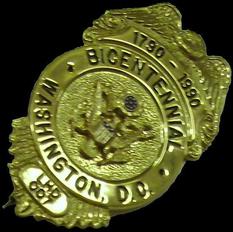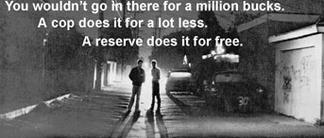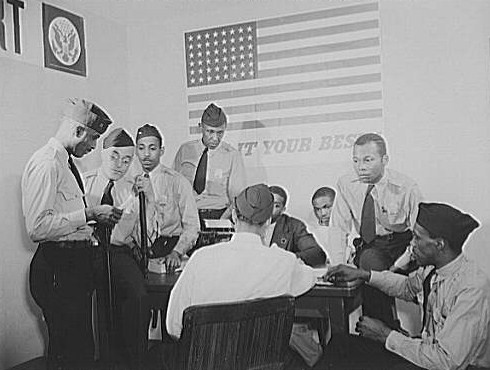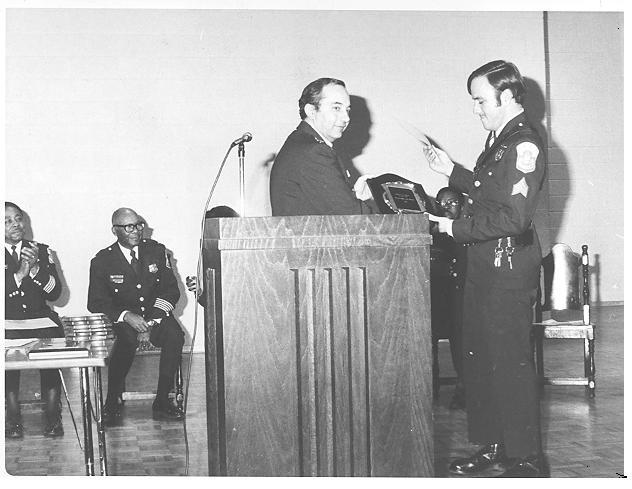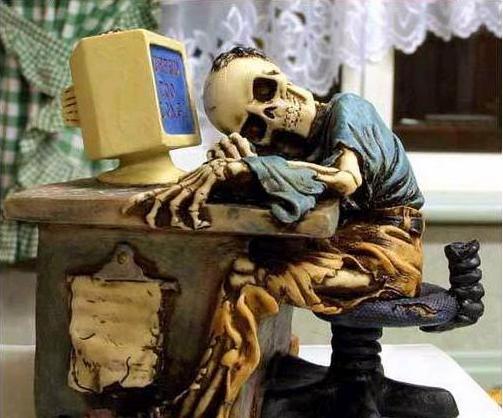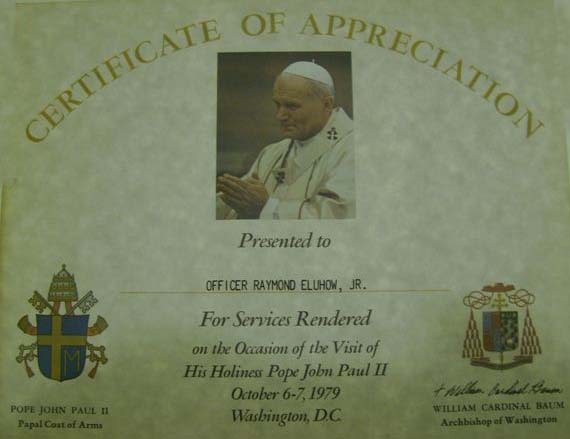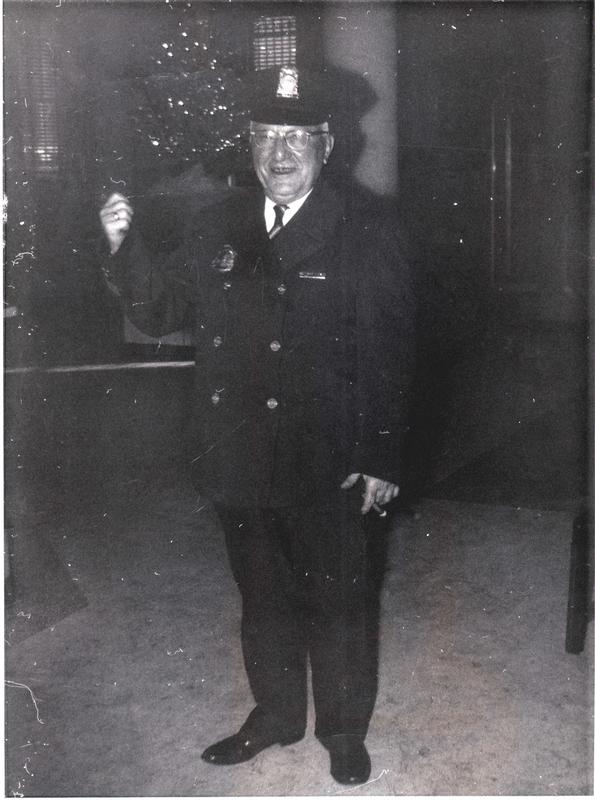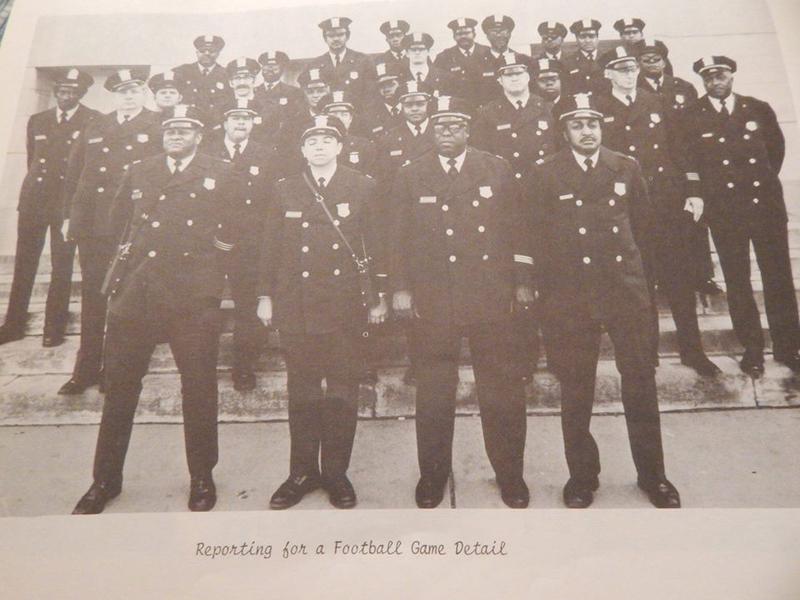The Washington Metropolitan Police Reserve Corps was established in 1950, to assist the regular force and to be an integral part of the Department. Reserve Corps members may perform the same duties as a regular member of the Department in the course of augmenting or supplementing the activities of the Department. Reserve Corps members may only perform those duties for which they have received competent training and for which they have been certified by authority of the Chief of Police.
Members of the Metropolitan Police Reserve Corps are members of the Department who serve without compensation and who perform a variety of duties with, and in support of, the career Police force.
Reserve Officers are assigned to various units of the Department, and they work to provide a variety of Law Enforcement activities. Many Reserve Officers will be assigned to a Police Service Area (PSA) in one of seven Patrol Districts. Others may work in a specialized unit and will work in support of the Patrol Districts.
Reserve Officers serve the Department in different ways, depending upon individual experience and qualifications and upon the time commitment they are able to make. Some Reserve Officers may work indoors in a Patrol District. Others will work side-by-side with Patrol Officers performing front-line Law Enforcement activities. And others still may work alone, providing Uniform Patrol in their own community as a fully empowered Police Officer who possesses the same equipment and service weapon as career Police Officer
Reserve Officer Richard Muldrick receiving the 1978 Reserve Officer of the Year Award from Deputy Chief Rindali (3rd District). Also included in the photo are Chief Jefferson and Inspector Fletcher.
This is a postcard that was on ebay. It is a photo of a MPDC Reserve Unit outside the 6th Precinct.
A group of Reserves sit around discussing the daily events
Reserve Corps
BlackSheep Productions 2009
Washington D.C. Metropolitan Police
M.P.D.
Special thanks goes out to Ray Eluhow, ( above ) who has provided me with much information on the M.P.D. Reserve Branch
Reserve Force
 | ||||||
 | ||||||
Donations are welcome and will always remain in the collection
Information, stories and photos are always welcome.
Laurenzi Paul SanFellipo , VP, National Bank of Washington.
NBW asked him to assist Heroes, INC as a Board member known in the Family as Flip. He is wearing a Reserve MPDC Uniform.
He said he was an Honorary Captain, no rank is on Uniform. He wore only once a Year at the Heroes Banquet
MPDC Auxiliary Police
The Auxiliary Badge was adopted late 1920’s or early 1930’s. It was issued to police officers from other jurisdictions such as cities of New York and Philadelphia, to assist members of the Metropolitan D C Police Department with crowd control during the Shriners Convention and Presidential Inaugurations.
The auxiliary Assistant Superintendent was the highest rank of the auxiliaries on the department. He in turn answered to the Major and Superintendent of the police department. The rank of Superintendent was changed to Chief of Police in 1954.
There were a total of 7 ranks concerning the auxiliaries with the following structure; Officer, Sergeant, Detective Sergeant, Lieutenant, Captain, Inspector, and Assistant Superintendent.
The officer badge was a numbered badge only and didn't contain a title as the rest of the
The badges were made of metal and were of a custom die design, an eagle-topped shield with the U S Capitol shown with the words Auxiliary Police and the initials D.C. on each side of the U.S. Capitols dome. Below the eagle and above the words Auxiliary Police is a single star on each side of the badge. The lower portion of the badge contained a plain ribbon area that contained 3 or 4 digit number assigned to the badge and issued to the officer. The ranking officers had a title stamped within the same ribbon area. The officers badge was a silver plated brass badge and it contained a tongue clasp assembly on the reverse facing. The ranking officers badges were copper plated brass badge and also contained the tongue clasp assembly on the reverse facing.
Later in 1936 the Metropolitan D.C. police administration and the 1937 inaugural committee used the design of the shriner’s convention badges from 1922 & 1935, and the auxiliary badge in the original design for the current Chief’s Traditional Badge. This same designed badge has been used in every presidential inauguration since its inception in 1937. This can be verified by reading the 1936 police annuals of the Metropolitan D C Police Department.
In 1950 a number of auxiliary detectives and auxiliary detective sergeants were caught running a burglary ring. It became a major scandal since these officers were picked from the elite of Washington. The Auxiliary Division of officers were mostly a political organization, and had more power then someone would have thought during that time period. The police administration fired all of the Auxiliaries and formed the Metropolitan Police Reserves. The Metropolitan Police Reserve Corps was established in November 1948. Public law passed in 1950 and gave the Chief of Police, at his discretion; to select, organize, train, and equip certain residents of the District of Columbia and the metropolitan area in a special unit known as the Metropolitan Police Reserve Corps. The members of this force served without pay.
Members of the new Reserve Corps were first deployed on October 31,1951, to guard fire alarm boxes and to prevent the sounding of false alarms Halloween Night.
Written by James Blickensdorf
Retired
1976, special detail at RFK football game, required dress for games. Reserves worked all games at RFK stadium. We did traffic and then 4th quarter went on field for security.
When I contacted the M.P.D. Reserve Force asking for information about how they are run today, I was sent this response. My intention was to show how they are set up, distributed and utilized in assisting the regular police force. I was hoping it would be a little more personal but...
Dear Sir or Madam,
Thank you for your interest in the DC Police Reserve Corps!
M.P.D. is currently looking for dedicated, community-oriented individuals to serve alongside M.P.D. career officers in our mission to serve and protect the citizens of Washington, DC. Recruits receive world-class training which mirrors that of a career officer and emerge as a sworn, armed Reserve Police Officers. This nationally-recognized program allows you to keep your full-time career while participating in a truly unique volunteer experience!
One of the best aspects of this program is that you choose the schedule and hours you would like to work. There are numerous requests for Reserve Corps support all over the city and many of the details can be quite unique and interesting.
Minimum qualifications for this position are:
*Be a US citizen at the time of application
*Be 21 years of age
*Meet at least one of the following three criteria:
*Successful completion of at least sixty (60) semester-hour credits or the semester-hour equivalent from an accredited post-secondary educational institution; or
*Have served in the Armed Forces of the United States, including the Organized Reserves and National Guard, for at least three (3) years on active duty and, if separated from the military, have received an honorable discharge; or
*Have served at least five (5) years in a full-duty status with a full-service police department in a municipality or a state within the United States, and have resigned or retired in good standing.
For further information on the Reserve Corps and to apply online visit: http://mpdc.dc.gov/page/volunteer-opportunities-mpdc
Officer Gary P. Miller
Reserve Corps Recruiting Coordinator
Metropolitan Police Department
Recruiting Division
101 M Street, SW
Washington, DC 20004
garyp.miller@dc.gov



